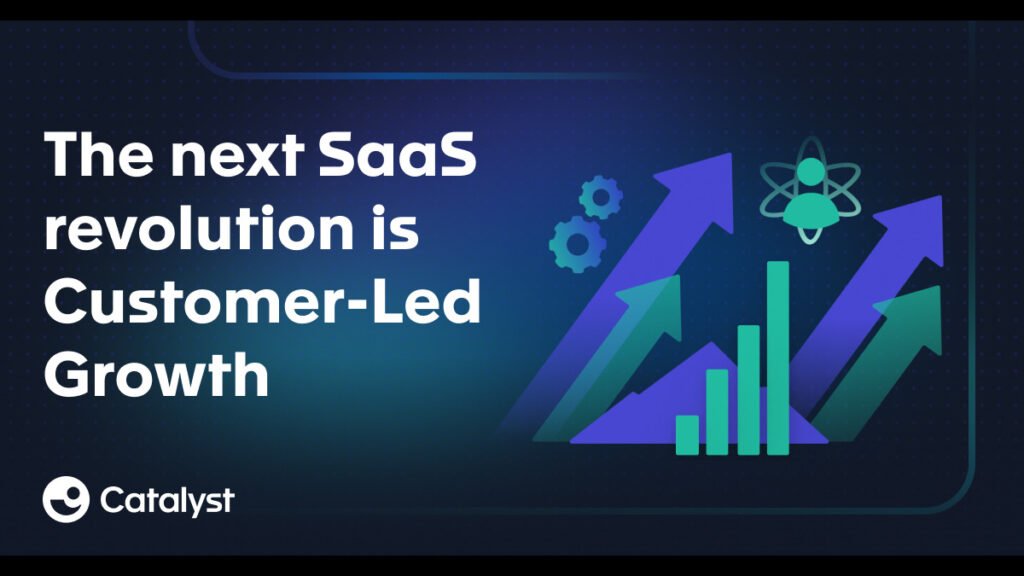How to Implement customer led growth Strategies1
Table of Contents
In an era where customer expectations are higher than ever, businesses are shifting their focus from traditional growth models to a customer led growth more customer-centric approach known as “Customer-Led Growth” (CLG). This strategy emphasizes the importance of understanding and responding to customer needs, preferences, and behaviors to drive sustainable business growth. As companies continue to compete in a crowded marketplace, those customer led growth that prioritize customer-led growth are better positioned to build loyalty, increase retention, and ultimately, achieve long-term success. This article delves into the concept of customer-led growth, its key components, and how businesses can implement this approach to stay ahead in today’s competitive landscape.
Understanding Customer-Led Growth
Customer-led growth is a business strategy that places the customer at the center of all decision-making processes. Unlike traditional growth customer led growth models that may focus on product development, sales tactics, or marketing strategies in isolation, CLG considers the entire customer journey. It involves actively listening to customers, gathering insights, and using that data to inform every aspect of the business, from product development customer led growth to customer service.
The core idea behind CLG is that when businesses align their strategies with the needs and desires of their customers, growth becomes a natural outcome. By understanding what customers want and delivering it consistently, companies can foster deeper relationships, enhance customer led growth customer satisfaction, and encourage word-of-mouth referrals.
Key Components of Customer-Led Growth
To successfully implement a customer-led growth strategy, businesses must focus on several key components:
- Customer-Centric Culture
- A customer-led growth strategy begins with a company-wide commitment to customer-centricity. This means that customer led growth every department, from product development to marketing to customer support, must prioritize the customer’s needs. Leadership must champion this culture, ensuring that customer feedback is valued and acted upon at all levels of the organization.
- Customer Feedback Loops
- Regularly collecting and analyzing customer feedback is essential for understanding customer needs and pain points. Businesses should establish multiple channels for gathering feedback, such as surveys, social media, customer reviews, and direct interactions. This feedback should be used to make informed decisions and continuously improve products, services, and customer experiences.
- Personalized Customer Experiences
- Personalization is a critical aspect of customer-led growth. Customers expect tailored experiences that cater to their specific preferences and behaviors. Businesses can use data and analytics to segment their customer base and deliver personalized content, product recommendations, and support. Personalization not only enhances the customer experience but also drives higher engagement and conversion rates.
- Proactive Customer Support
- Rather than waiting for customers to reach out with issues, businesses should adopt a proactive approach to customer support. This involves anticipating customer needs and addressing potential problems before they v arise. Proactive support can be achieved through the use of chatbots, AI-driven insights, and regular check-ins with customers. This approach helps build trust and loyalty, as customers feel valued and cared for.
- Customer-Centric Product Development
- Product development should be guided by customer insights and feedback. By involving customers in the development process, businesses can create products that truly meet their needs and solve their problems. This can be done through customer surveys, beta testing, and co-creation initiatives. Customer-centric product development leads to higher adoption rates and customer satisfaction.
- Data-Driven Decision Making
- Data is at the heart of customer-led growth. Businesses must leverage data analytics to gain a deep understanding of customer behavior, preferences, and trends. By analyzing customer data, companies can identify opportunities for growth, optimize marketing campaigns, and improve customer experiences. Data-driven decision-making ensures that strategies are aligned with customer needs and expectations.
- Customer Advocacy Programs
- Customer advocacy is a powerful driver of growth. Satisfied customers are more likely to recommend a brand to others, leading to organic growth through word-of-mouth marketing. Businesses can encourage customer advocacy by creating loyalty programs, referral incentives, and customer communities. These initiatives help turn customers into brand ambassadors who actively promote the business.
Implementing Customer-Led Growth: A Step-by-Step Guide

Implementing a customer-led growth strategy requires a thoughtful and systematic approach. Here is a step-by-step guide to help businesses transition to a CLG model:
Step 1: Assess Your Current Strategy
Before making any changes, it’s important to assess your current growth strategy and identify areas where customer-centricity can be improved. Evaluate customer led growth how well your business currently listens to and acts on customer feedback. Consider how customer insights are integrated into decision-making processes across departments.
Step 2: Build a Customer-Centric Culture
Creating a customer-centric culture is foundational to customer-led growth. Start by educating employees at all levels about the importance of putting customers first. Leadership should model customer-centric behavior and provide the necessary resources and tools for employees to prioritize customer needs. Encourage collaboration across departments to ensure a unified approach to customer satisfaction.
Step 3: Establish Feedback Loops
Implement multiple channels for collecting customer led growth customer feedback, such as surveys, focus groups, social media monitoring, and direct customer interactions. Regularly analyze this feedback to identify trends, pain points, and areas for improvement. Make it easy for customers to provide feedback and show them that their input is valued by taking action on their suggestions.
Step 4: Invest in Data and Analytics
To truly understand your customers, invest in data analytics tools that can track customer behavior, preferences, and trends. Use this data to customer led growth segment your customer base and deliver personalized experiences. Analyze customer journeys to identify touchpoints that can be optimized for better engagement and satisfaction.
Step 5: Personalize Customer Experiences
Use the insights gained from customer data to create personalized experiences for your customers. This could involve tailored marketing messages, personalized product recommendations, or customized support interactions. The goal is to make each customer feel like your business understands and values their unique needs.
Step 6: Innovate with Customer-Centric Product Development
Involve customers in the product development process by seeking their input early and often. Use customer feedback to guide product features, design, and functionality. Consider launching beta versions of new products to gather customer insights before the final release. By co-creating with customers, you increase the likelihood of product success and customer satisfaction.
Step 7: Foster Customer Advocacy
Encourage satisfied customers to become advocates for your brand. Create loyalty programs that reward repeat business and referral programs that incentivize customers to recommend your products or services to others. Build a community where customer led growth customers can share their experiences and connect with like-minded individuals. Customer advocacy can significantly amplify your growth efforts.
Step 8: Continuously Monitor and Adapt
Customer-led growth is not a one-time initiative but an ongoing process. Continuously monitor customer feedback, behavior, and satisfaction levels. Be prepared to adapt your strategies based on changing customer needs and market conditions. Regularly review your progress customer led growth and make adjustments to ensure that your business remains aligned with customer expectations.
The Benefits of Customer-Led Growth
Adopting a customer-led growth strategy offers numerous benefits for businesses:
- Increased Customer Loyalty
- By prioritizing customer needs and delivering personalized experiences, businesses can build stronger relationships with their customers. Loyal customers are more likely to make repeat purchases, provide positive reviews, and recommend the brand to others.
- Higher Customer Retention
- Customer-led growth reduces churn by addressing customer pain points and enhancing satisfaction. When customers feel valued and understood, they are less likely to switch to competitors.
- Improved Brand Reputation
- A customer-centric approach enhances a brand’s reputation as a business that genuinely cares about its customers. Positive word-of-mouth customer led growth and customer advocacy can significantly boost brand perception and credibility.
- Greater Competitive Advantage
- In a crowded marketplace, customer-led growth can provide a significant competitive advantage. Businesses that excel at understanding and meeting customer needs are better positioned to stand out and attract new customers.
- Sustainable Business Growth
- Customer-led growth drives sustainable growth by focusing on long-term customer relationships rather than short-term gains. By continuously delivering value to customers, businesses can achieve steady and predictable revenue growth.
Conclusion
Customer-led growth is more than just a trend; it’s a fundamental shift in how businesses approach growth in the digital age. By placing the customer at the customer led growth center of all decisions, companies can build stronger relationships, enhance customer satisfaction, and drive sustainable growth. As the business landscape continues to evolve, those that prioritize customer-led growth will be better equipped to navigate change and thrive in the years to customer led growth come.
Implementing a customer-led growth strategy requires commitment, but the rewards are well worth the effort. By fostering a customer-centric culture, leveraging data and analytics, and continuously adapting to customer needs, businesses can achieve lasting success and customer led growth create value for both their customers and stakeholders.



